Biodiversity
Biodiversity is defined as the variability within species, between species, and between ecosystems. It includes living organisms with different origin, from land, marine and other aquatic ecosystems. SLU's Environmental Monitoring and Assessment programme Biodiversity is intended to monitor and analyse the state and trends of Swedish biodiversity.
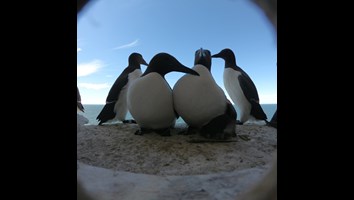
Common murres and heatwaves
More extreme and prolonged heat waves can cause seabirds to lose their eggs and chicks. Many species of seabirds nest during the hottest summer months, exposed on rocks and beaches. This renders them
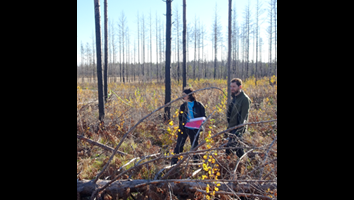
What happens to fungi and ecosystem processes if forest fires become more common?
With global warming, there is a larger risk of fire. How will that affect ecologically important fungi in the soil? SLU researchers investigated the 2014 wildfire areas in Västmanland to find out.
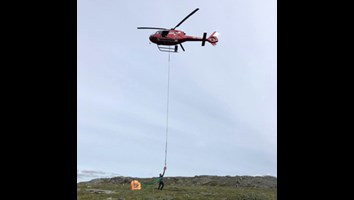
Moving around soil in an arctic mountain landscape to study microbe-soil fauna interactions
A square meter of arctic tundra soil can contain over a million soil animals and uncountable numbers of bacteria and fungal hyphae. These soil organisms are omnipresent, are tremendously diverse and
A global observatory to monitor biodiversity
At a time of unprecedented decline in Earth’s biodiversity, scientists are calling for a new system for monitoring and providing the data needed for decision making and conservation action. Earth’s
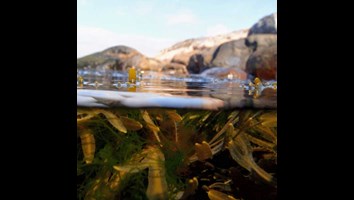
No-take zones fish
Banning fishing has positive effects on fish stocks but also helps to restore the marine environment. Scientists have evaluated of the long-term effect of Swedish no-take zones. The results show that
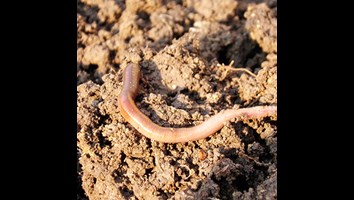
Markpackning hotar daggmaskars grävning i jorden
Earthworms are important “ecosystem engineers” that contribute to a range of vital soil ecosystem services, including food production. But earthworms are sensitive to disturbances in their
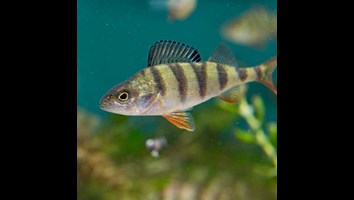
Helcom klimatrapport
Warmer water and less ice, but also fewer seals and more perch. These are some of the climate effects that we may see more of in the future. About a hundred researchers have contributed to a summary
SILVA PhD Course - Monitoring Biodiversity for Science and Conservation
SILVA PhD course - Monitoring Biodiversity for Science and Conservation navinder.singh@slu.se SILVA – Faculty of Forest Sciences Research School Umeå Free nasi
Swedish Species Information Centre
Swedish Species Information Centre ew-red@slu.se
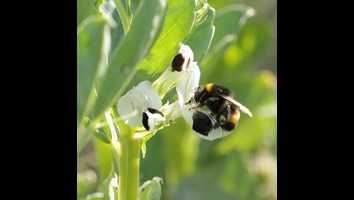
Favour pollinators and natural enemies
More crops into crop rotations to increase landscape scale crop diversity and flower strips along field edges. Retain the remaining forest and grassland patches. Avoid supplementation of honey bee
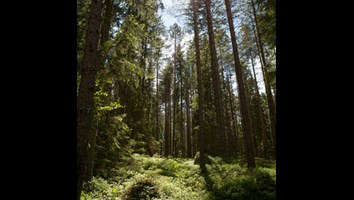
Environmental analysis data as a basis for research on large-scale changes in woodland vegetation
Numbers are down for the forest’s blueberry bushes and up for herbs such as sorrel and several fern species. Using long data series from the permanent areas of the Swedish National Forest Inventory,
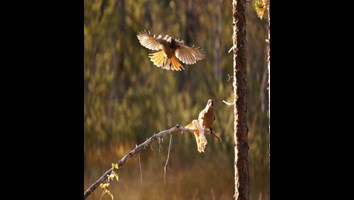
Changed routines for thinning could favor biodiversity
Julian Klein has in his thesis showed that conventional thinning reduces the forest’s structural variety and has a strong influence on which and how many bird and lichen species can live in the young
